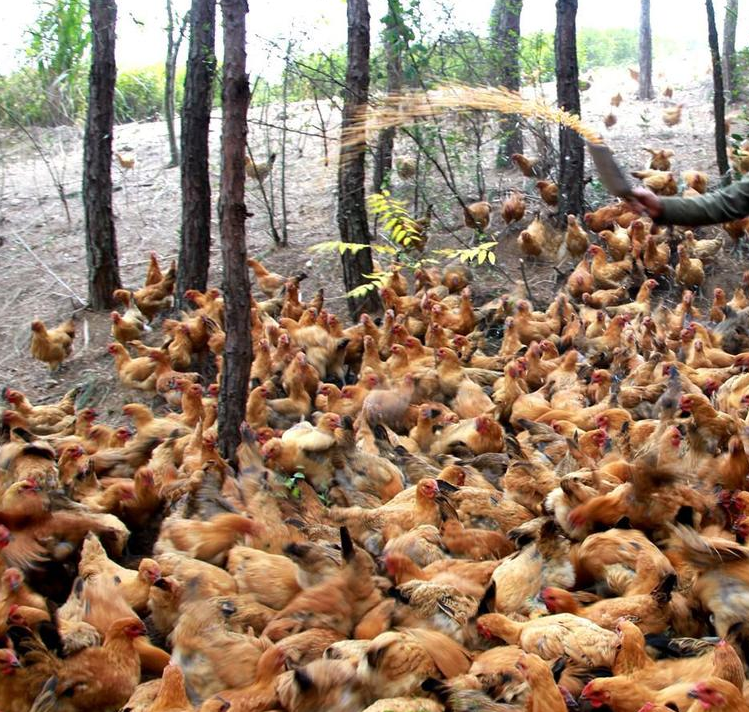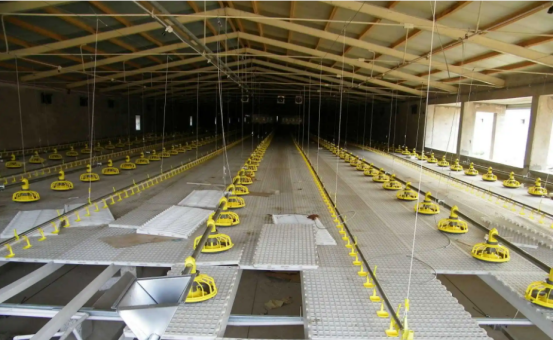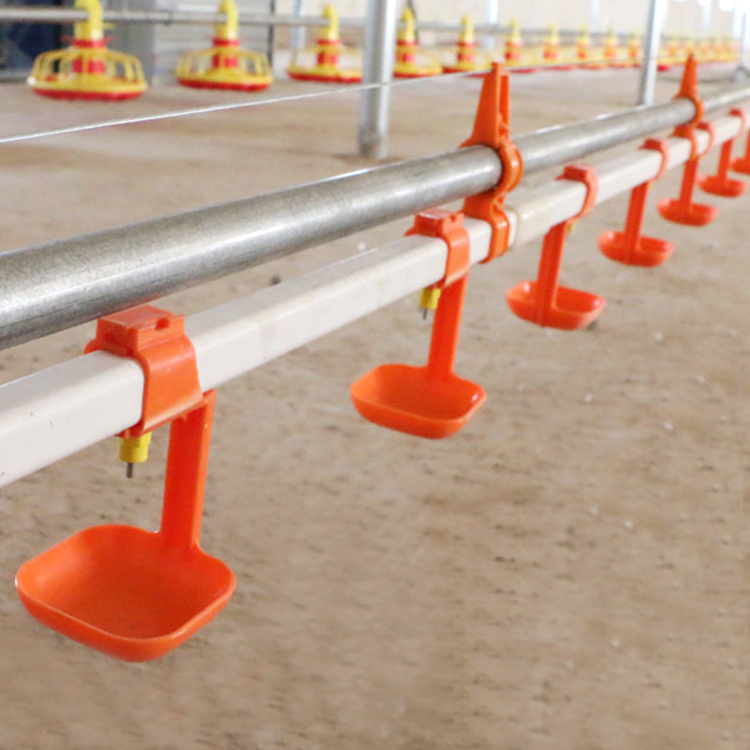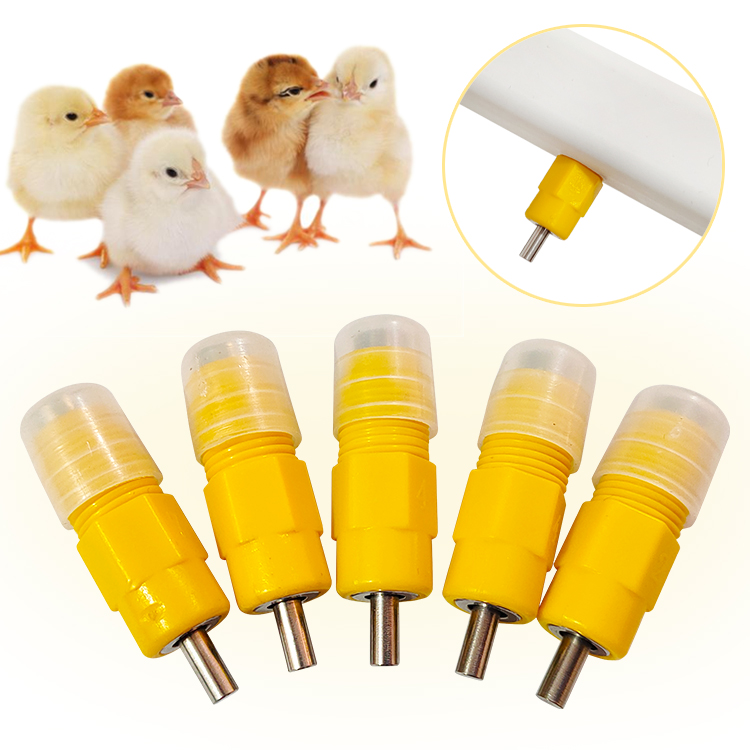News
Chicken raising is a traditional, small-scale and quick-resulting breeding industry for the broad masses of the people in urban and rural areas. In recent years, the number of chicken farmers has been increasing, and the number of chickens has increased significantly. However, many farmers have many misunderstandings about raising chickens, which has caused many setbacks in the breeding industry. Efficient chicken raising must require scientific chicken raising technology, which is also the imminent primary responsibility of farmers. Raising chickens is not only about cost, but also about technology. From chicks to market, a complete feeding process is required. The survival rate and quality of chickens also directly affect the interests of farmers. With the continuous improvement of people's living standards, the requirements for food are also getting higher and higher. Sales of free-range chickens in rural areas have doubled. Free-range chickens eat whole grains, vegetables, grasses, insects, and more. Its meat is delicious, ecological, safe, green and nutritious.
Chickens are common poultry. Large-scale chicken farming is being developed in many regions due to the increasing demand for chicken and eggs. For farmers, of course, the faster and bigger the chicken, the better. So how can we do it? Below we will introduce you to the key points of efficient chicken raising technology.

1. Breeding location
Chickens are very adaptable to the environment. Chickens should be free-range on hillsides with mountains on both sides. They have a wide field of vision and simple terrain, making them easy to search. If necessary, fences can be set up to protect the chickens from harm. It can also be kept away from residential areas and farming areas, so as not to interfere with residents' daily life and farming and cause unnecessary troubles.
2. Selection of chicks
 Selecting the right chicks is a prerequisite for successful breeding. Buy chicks from the end of February to the beginning of March, raise them for 5 months, lay eggs in August, and reach the peak production period in October. At this time, maintain good feeding and management, so that the peak egg production lasts until February to March of the following year, and it is in the best-selling period. If you want to hatch your own chicks, it is best to choose a high-quality incubator for incubation. The temperature and humidity of the incubator will affect the hatching rate and the health of the chicks. Our incubator has the following advantages: 1) Double heating tubes and humidification tubes; double switch control of heating and humidification; 2) Two heating tubes, two humidifications, and double switch control heating and humidification system; 3) Energy saving: it saves money compared to old-fashioned incubators 50% electricity; 4) Oxygen supply function: the new XL humidification pump oxygen supply system improves the success rate of hatching.
Selecting the right chicks is a prerequisite for successful breeding. Buy chicks from the end of February to the beginning of March, raise them for 5 months, lay eggs in August, and reach the peak production period in October. At this time, maintain good feeding and management, so that the peak egg production lasts until February to March of the following year, and it is in the best-selling period. If you want to hatch your own chicks, it is best to choose a high-quality incubator for incubation. The temperature and humidity of the incubator will affect the hatching rate and the health of the chicks. Our incubator has the following advantages: 1) Double heating tubes and humidification tubes; double switch control of heating and humidification; 2) Two heating tubes, two humidifications, and double switch control heating and humidification system; 3) Energy saving: it saves money compared to old-fashioned incubators 50% electricity; 4) Oxygen supply function: the new XL humidification pump oxygen supply system improves the success rate of hatching.
3. Fowl plague inoculation
From 10 to 14 days old, the chicks were intranasally instilled with quadruple plague vaccine, and at the same time, 0.3 ml of inactivated chicken plague vaccine was injected intramuscularly, a total of 3 times. Chicken plague Ⅰ vaccine is injected intramuscularly around 70 days of age, and chicken plague Ⅰ vaccine is injected intramuscularly at 120 days of age. At the same time, a single intramuscular injection of 1 ml of inactivated chicken plague vaccine can achieve a protection rate of 100%.

4. Beak trimming in time
Under normal circumstances, the first beak trimming is performed between 7 weeks and 10 days of age, and the second beak trimming is performed between 10 and 12 weeks of age. Remove 1/2 and 1/3 of the upper and lower beaks respectively for feeding. , and also ensures that the chickens will not peck out the feed in the trough and avoid pecking each other.
5. Feed feeding
Chickens have two feeding peaks a day, one is 2-3 hours after sunrise; The other is 2-3 hours before sunset, when the feeding rate is higher. Chickens fed with yellow corn have a yellow body and are of higher quality than white chickens. Laying hens are required to be fed twice a day, with high-protein, high-energy, and low-calcium feed in the morning and low-protein, low-energy, and high-calcium feed in the evening. This can adjust the egg production cycle and increase egg production. , while saving feed. Large-scale breeding can also use fully automatic feeding systems, which are clean and hygienic, saving time and effort.
6. Add eggs in summer
The main reason for low egg production in summer is that the temperature is too hot, so heatstroke prevention and cooling measures and equipment must be in place. The most effective method is to properly trim the chicken's feathers. This is done by trimming the feathers on the chicken's breast, legs, and left and right wings. Keep the neck, back and tail feathers. The hair should be sheared to a length that does not damage the skin and body of the chicken and cannot be trimmed. Cut more in hot summer.
7. Smoking prevents the plague
Smoke the chicken coop with pepper once every spring and autumn, so that the chickens will not suffer from chicken plague all year round. The specific method is to tie 10 to 20 dried peppers with straw, ignite them and put them in an empty chicken coop. Close doors and windows. After the peppers are all burned, open the doors and windows to disperse the smoke.
View More information about chicken farm
View our Youtube More breeding equipment video
Phoenix Breeding Equipment: 19+ years of breeding equipment production and export experience. As a result of our high-quality products and outstanding customer service, we have gained a global sales network reaching Europe, North America, Southeast Asia, Africa, South America, etc. Successfully in use on both family-owned farms and large farm complexes. Providing individual and automatic equipment to feed your livestock: chicken drinking line, chicken feeding line, poultry drinker and feeder, exhaust/ventilation fans, egg Incubator, and so on breeding equipment.
CONTACT US
Phone:+86 19061974162
Email: lisa@goldphoenixa.com

Pulished on Dec. 30, 2025

Pulished on Dec. 04, 2025